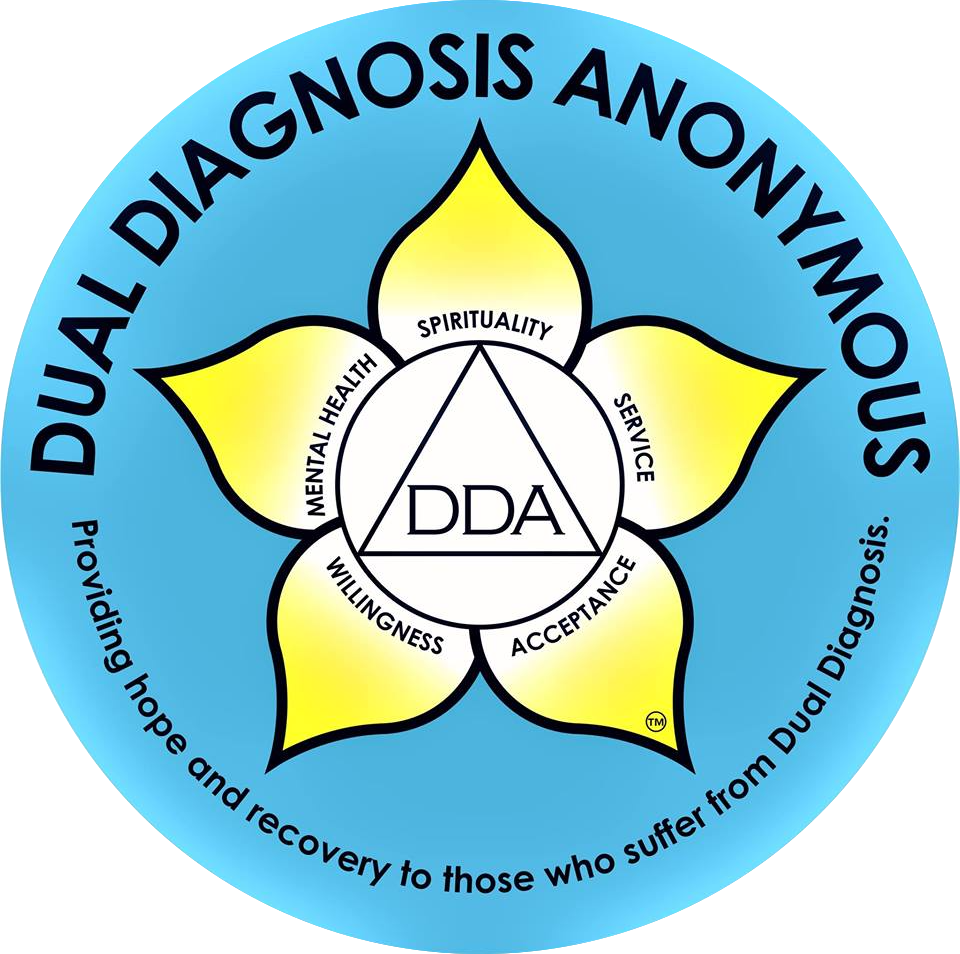 In his New York Times column, Mark Bittman writes about FoodCorps, a national service program that aims to improve nutrition education for children, develop school gardening projects and change what’s being served on school lunch trays.
In his New York Times column, Mark Bittman writes about FoodCorps, a national service program that aims to improve nutrition education for children, develop school gardening projects and change what’s being served on school lunch trays.
Is FoodCorps necessary? The organizations that are fighting childhood obesity on the front lines seem to think so: 108 groups from 39 states and the District of Columbia applied to host FoodCorps, which chose to work at locations that had already begun to improve school food and needed help in expanding their work.
FoodCorps members will be paid $15,000 for the year. On this they must find places to live and pay for food, though those without other sources of income are being encouraged to apply for help from the Supplemental Nutrition Assistance Program (usually called SNAP, and formerly known as food stamps), so they’ll live like many of those they’re serving. (Those eligible will also receive a $5,550 federal education award to apply to their student loans when they finish.)
It’s just a startup program now, not much more that a pilot, really. Bittman assesses the challenge:
FoodCorps will cost less than $2 million for the first year. Thus for less than a million bucks of our money we are getting a program that will start to roll back the $147 billion it costs us each year to deal with the health consequences of obesity, while changing the way thousands of young people grow up thinking about food.
Not to burst any bubbles, but let’s note that this in no way levels the playing field. That $2 million invested in FoodCorps — well conceived, raised with the best possible nonprofit intentions, and ultimately well spent (a bargain!) — was starkly contrasted last week with the $30 million that a new group of corporate farmers and ranchers intend to spend to promote the idea that they’re “committed to providing healthy choices.” As anyone who’s followed the news in recent years knows, agribusiness has done pretty much the opposite, relying on direct federal subsidies (also our money) to the tune of at least $5 billion annually to produce precisely the kind of junk food that is largely responsible for the tripling of childhood obesity in the last 30 years.
Here’s the problem: raising $30 million for a corporate public relations campaign to defend the rights of Big Food to continue to produce junk is easy; raising $2 million to promote healthy eating in our children is hard. Ellis says that his dream is to have 1,000 service members a year working in all 50 states by 2020. I say let’s have 10,000 by 2015.
But let’s end on a happy note: FoodCorps is up and running. Hallelujah!
Read the whole column in The New York Times.










Recent Comments